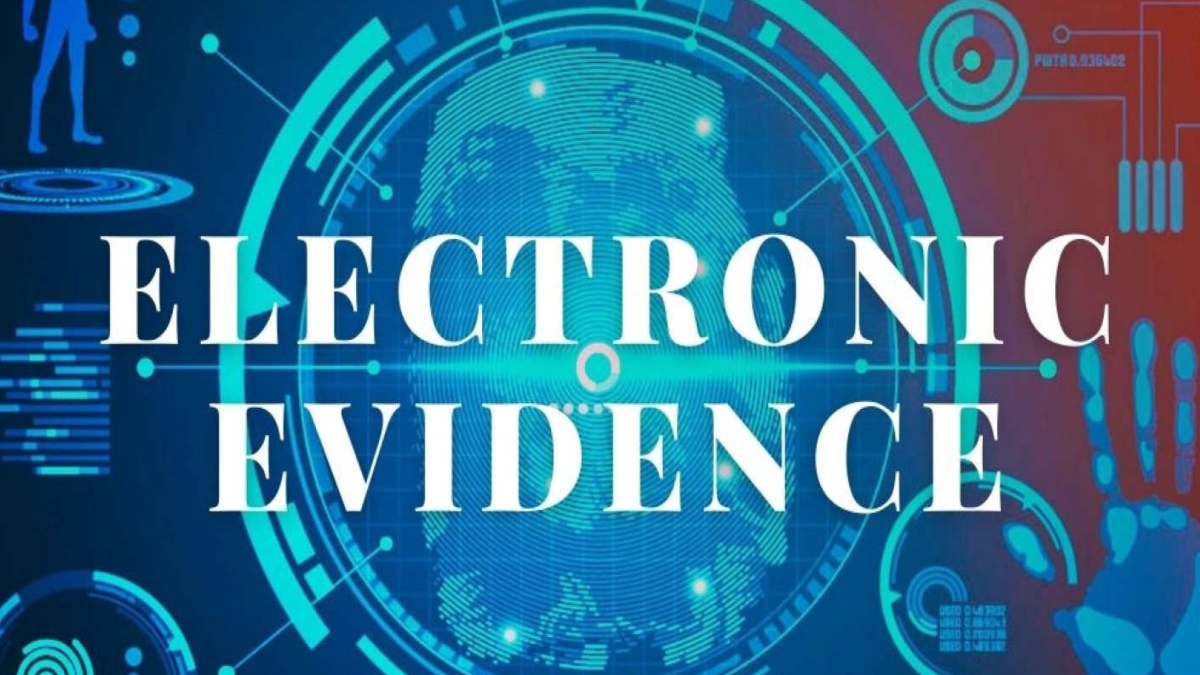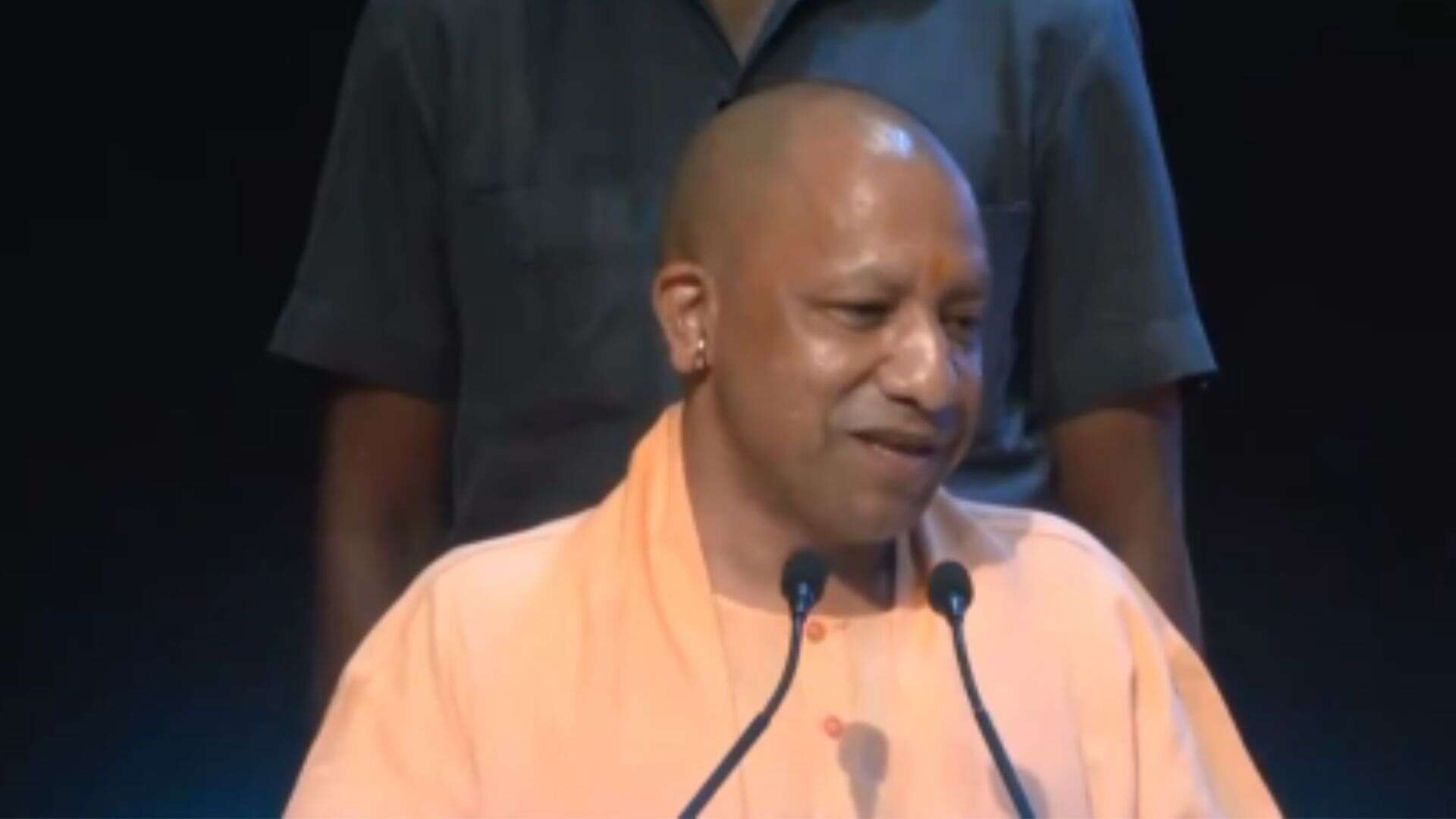Technology has always been a double-edged sword which can be used for both good and bad, this equivocal nature of technology has been rightly expressed in the fitting words of Christian Lous Lange, “Technology is a useful servant but a dangerous master”. The leakage of WhatsApp chats in recent times has shed some light on the concept of electronic evidence and its admissibility both in a civil and criminal trial in India. Legal provisions dealing with the admissibility of electronic evidence in India should be critically examined as the leakage of WhatsApp chats at the investment stage even before the commencement of trial has been an issue. Section 65B of the Indian Evidence Act, 1872, talks about a specific legal framework governing the admissibility of electronic evidence in India, in regards to various judicial instances, Indian courts have exemplified perceptiveness towards electronic evidence in India which further apprehend its admissibility.
In the modern era, the usage of electronic devices such as smartphones, laptops, computers, etc. is prolific. Moreover, these devices generate data to a great extent, originating a call for digital evidence in any investigation. Electronic evidence can turn out to be very significant if the evidence is analysed appropriately via forensics after being identified.
The admissibility of electronic evidence is not a present-day theory, it goes back with time but the evolution and innovation in the prevention of the production of evidence have changed for good concerning the fact that usage of electronic evidence is at surge. The introduction of the Information Technology Act 2000 concerning technology laws, led to various amendments to
the specific legal frameworks namely Indian Evidence Act 1872, Indian Penal code 1860, etc. which made electronic evidence admissible in India.
THE SIGNIFICANCE OF ELECTRONIC EVIDENCE
Electronic or digital evidence is the data stored within electronic devices such as smartphones, laptops, etc., and can be extracted by forensic experts to use it as a piece of admissible evidence in the courtroom. Section 3 of the Indian Evidence defines evidence as “All the statements which are allowed in the court to be presented before it by the witnesses and have a connection with the matter of fact for further inquiry” Digital evidence plays a significant role in the modern world, keeping in mind the prolific usage of electronic devices. With the surge in the amount of data generated by digital devices, there is a high prospect of the discovery of electronic evidence. Accumulation of important data on a digital platform which can be presented as significant evidence in the court comes with a lot of security concerns. The major concern of the investigators is the preservation of digital evidence in a secure state with an assurance that that data is authentic, untouched, unaltered, and stored in a hard drive.
EVOLUTION AND INNOVATION OF ELECTRONIC EVIDENCE IN INDIA
The first half of the 20th century pretty much relied on paper but with time people shifted from paper to bits, due to the increase in the usage of digital communication methods over time the amount of data stored in digital form adequately increased. The shift from paper to digital data gave rise to an essential use of this information by bringing it to the court, but there was an expository question to the integrity of the digital evidence as alteration, malicious modification, destruction of the electronic evidence was at ease in the latter half of 20thcentury. The evolution of technology and information security prompted some methods for scrutinizing digital evidence, namely Checksum, One-way hash algorithm, Digital signature, etc, bearing some advantages and disadvantages. On Oct 17th, 2000 the Information Technology Act was enacted by the Indian government roused from the United Nations Commission on International Trade Law(UNICITRAL) which resulted in various amendments to some specific legal statutes concerning digital evidence. In a recent case of Anvar P.K. v. P.K.Basheer and ors., the Supreme Court of India overruled the judgment of another notable case, State v. Navjot Sandhu by redefining the application of sections 63, 65 & 65B of the Indian Evidence Act which further enlightened the evidentiary value of electronic evidence in India.
LEGAL FRAMEWORKS REGULATING DIGITAL EVIDENCE IN INDIA
The introduction of the Information Technology Act, 2000 elucidated the electronic form of evidence stating it as an electronic record, section 2(1)(t) of the IT Act defines “Electronic Record” as the data generated or stored, an image or sound stored that is sent from one end and received on another in an electronic or digital form. The term ‘electronic record’ was included in the term ‘evidence’ under the Indian Evidence Act followed by the amendment in Section 92 of the Information Technology Act. Steering court proceedings to utilize electronic evidence as an essential piece of information requires specific provisions, the Indian Evidence Act, 1872, regulates digital evidence in India.
• Section 45A of the evidence act talks about the opinion of the investigator who examines the electronic evidence as a relevant fact referred to under section 79A of IT Act 2000.
• Section 47A of the Indian Evidence Act states that the opinion of the certifying authority that issued the digital signature certificate will be a relevant fact when comes to the relevancy of an electronic signature.
• Electronic evidence must comply with the criteria stated under Section 65B to be deemed as an admissible piece of evidence in the courtroom. The paper on which the information of electronic record in printed or a form of media containing the information of such record will be admissible in any legal proceeding if the conditionsmentioned under section 65B(2) are fulfilled.
According to Section 65B of the Evidence Act, “The Data stored in an electronic record, whether it be the contents of a document or a conversation printed on paper, or stored, recorded, or copied in optical or magnetic media generated by a computer will be considered as a document and will be admissible as evidence without any further proof of the document.”
ADMISSIBILITY OF ELECTRONIC EVIDENCE IN INDIA VIS-À-VIS THE JUDICIAL INSTANCES
In the case of Anvar P.K. v. P.K. Basheer & Ors, as per the court, the certificate specified in Section (65)(B)(4), is required and does not come with an alternative. It is a unique clause that takes priority over the general requirements of Sections 63 and 65. The case of State (NCT of Delhi) v. Navjot Sandhu was overturned to the extent that the certificate was now deemed necessary. In the same matter, it was stated that an oral admission on the substance of electronic evidence is irrelevant unless the electronic evidence’s authenticity is in dispute, as stated in Section 22 of the Evidence Act.
Further in the case of Sanjaysinh Ramrao Chavan v. Dattatray Gulabrao Phalke & Anr., “As the voice recorder is not submitted to inspection, there is no sense in emphasizing the translated version,” the court said, referring to the decision in Anvar PV’s case. The translation is questionable since it lacks a source. The two most important aspects of electronic evidence are the source and authenticity.” In Tomaso Bruno and Anr. v. State of Uttar Pradesh, the relevance of electronic evidence and scientific procedures in the evidence-gathering process was demonstrated in this case. Procedural and electronic evidence under Sections 65A and 65B are admissible, as per the court.
In the recent case, Arjun Panditrao Khotkar v. Kailash Kushanrao Gorantyal and others, a three-judge bench led by J. RF Nariman resolved the uncertainty surrounding multiple interpretations of Section 65(B)(4) and rejected Shafhi Mohammad’s decision, supporting the position that a certificate issued under this section is not an option among several, but a necessity.
Various other judgments have also addressed the requirement of the severe criteria stated in section 65B of the Evidence Act. The Delhi High Court supported the necessity of section 65B in Dharambir v. CBI, noting that they are for the development of the law.
In a recent Supreme Court decision, the conflicting viewpoints on section 65B of the Evidence Act were ultimately resolved. In 2014, the Supreme Court, in the case of Anvar P.K. v. P.K Basheer and Ors., took a positivist approach and concluded that, under the existing legal frameworks, section 65B is indeed required, and courts must implement the criteria outlined in the Section. If any modifications are anticipated, the Legislature must take the lead rather than the courts, which just obey the procedures declared by the law.
THE FUTURE OUTLOOK OF COURTS TRANSITIONING INTOTECHNOLOGICAL COMMUNISM AFTER THE PANDEMIC
The Covid-19 crisis has come to a head concern that has sparked debate for ages. Even though the concept of e-courts has been debated for some time, the Indian judicial system has not been able to keep up with it on a digital platform. Linked with a cycle of re-designing and simplifying court tactics, the Indian judiciary, both in its physical and virtual structures, is looking forward to a bright future in terms of the development and resolution of some of its long-standing concerns. While our nation is struggling with a national health and financial emergency, it is essential to think outside the box and reform the perspective of work culture and a high time now for the courts to accept the prevailing innovation. On the contrary technology will have a significant impact on future of Indian judiciary and legislature, since the technology that is yet to be discovered will evolve and restructure the way of living our lives.
CONCLUSION
The major point of contention in regards of electronic evidence is to ensure its authenticity, veracity, genuineness, and dependability for it to be accepted in court. Following the Supreme Court’s judgment in Anvar’s case, which established the standards for admission of electronic evidence, Indian courts have been expected to use a uniform approach and implement all available precautions for admitting and valuing electronic evidence.
It is now a well-established fact that any electronic evidence, even if it is a secondary evidence, must adhere to the provisions of Section 65B of the Indian Evidence Act; it is typically inadmissible in a court of law without a certificate. Electronic gadgets can turn out to be extremely useful in investigations, but their usefulness is contingent on their compliance with the regulations of the Indian Evidence Act.
The laws regulating digital evidence in India made it clear that just including e-evidence in the legislation would not assist the case, the procedural issues that arose as a result of the usage of e-evidence should be addressed as soon as possible. Law, along with everything else, must evolve to keep up with the technological advancements. While nations like England have recognized this issue and implemented certain adjustments to their laws which resulted in electronic evidence being more effective. Although the courts have addressed the issues occasionally, it is the Legislature that should intercede for good.























